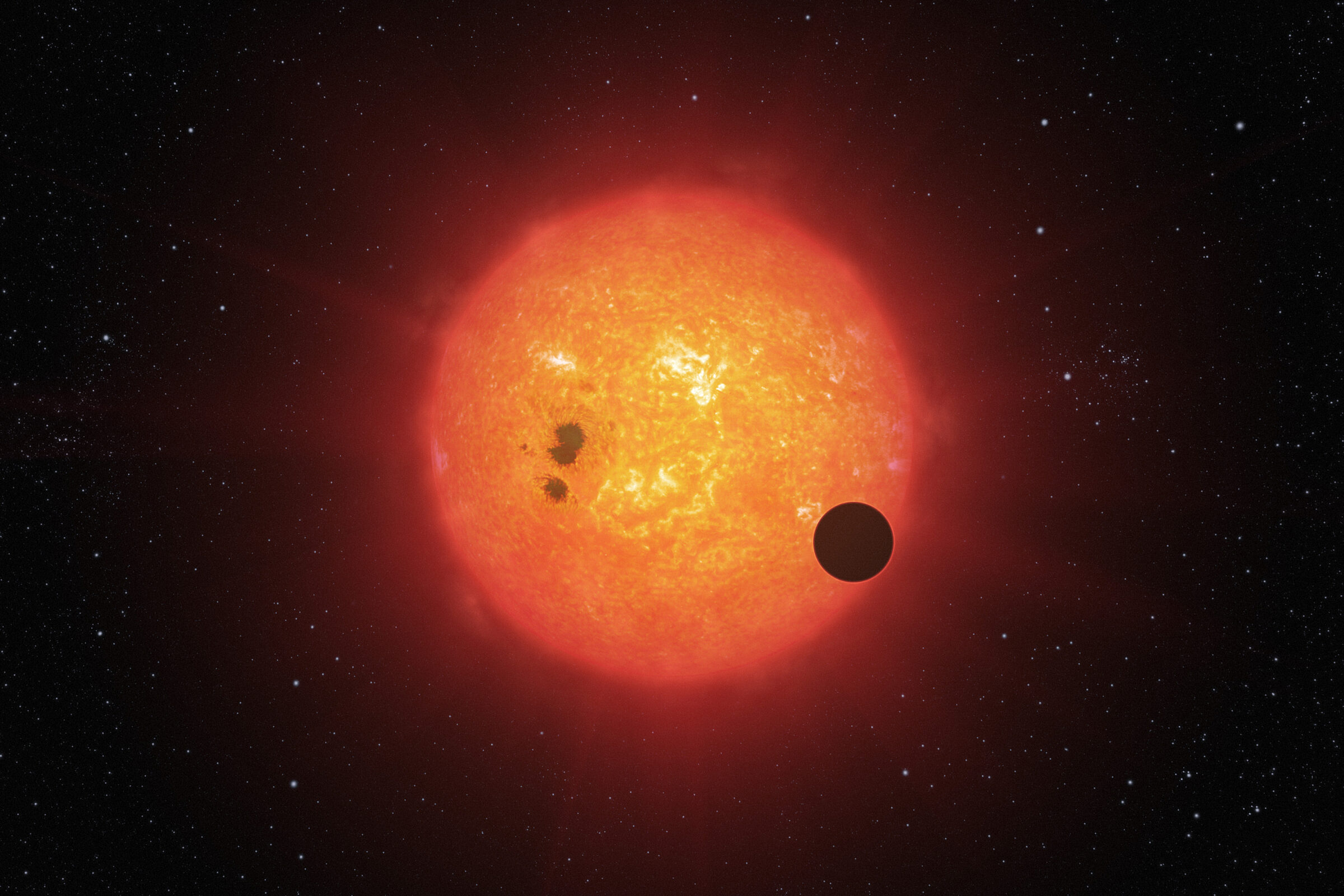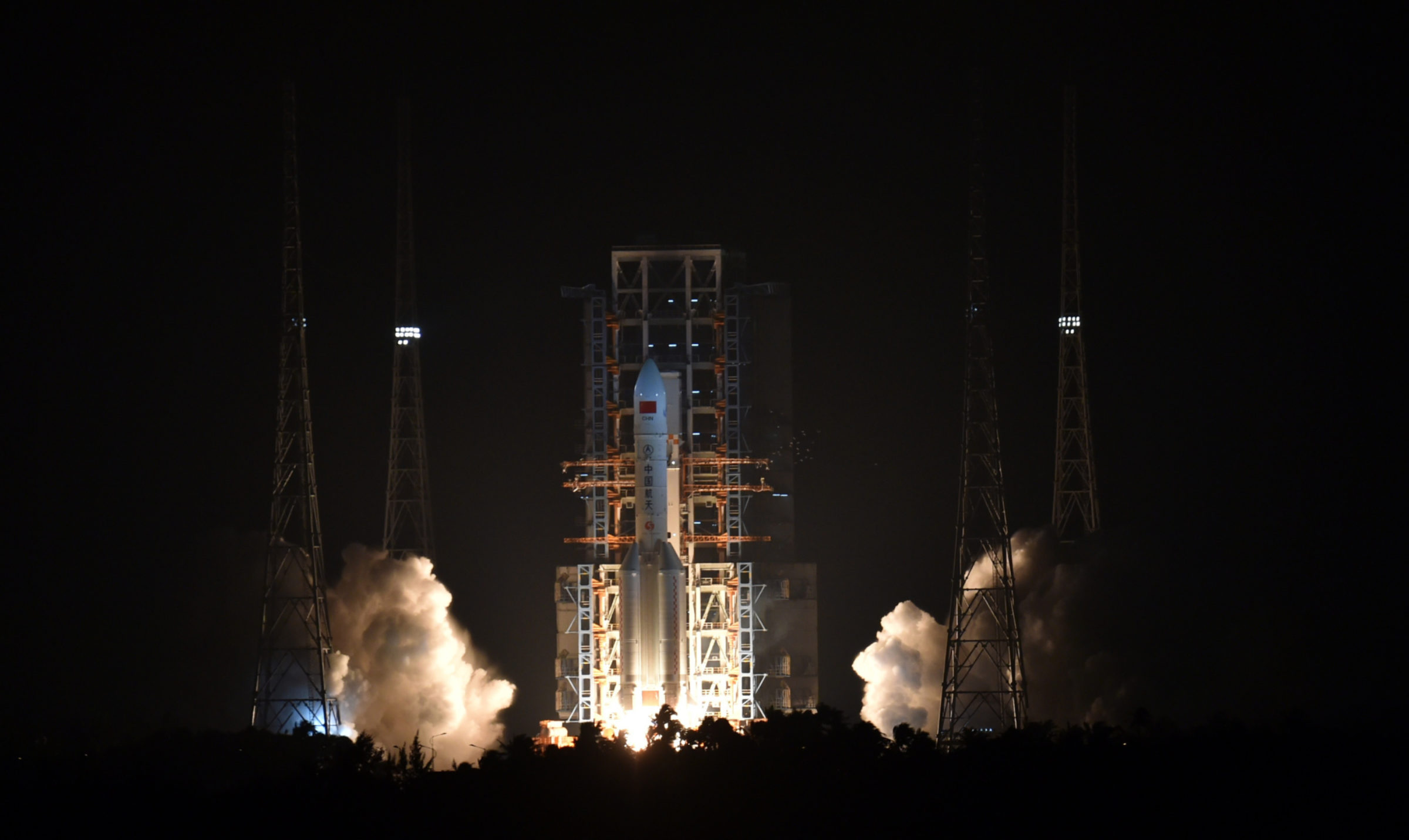Andrew Jones • Sep 05, 2024
The Tianlin Space Telescope
China’s plan for a giant exoplanet-hunting space observatory
China is in the early stages of planning a huge space observatory to help answer the matter of whether we are alone in the galaxy.
The project, named Tianlin (天邻, which can be interpreted as "Heavenly Neighbor”), would be a next-generation observatory to look for potentially habitable nearby worlds. It would be a follow-up to the planned Chinese Space Station Telescope, or Xuntian, a Hubble-class telescope set to launch and co-orbit along with the Tiangong space station in the next few years.
Tianlin would be much larger. It would feature a huge, single-element primary mirror of 4-6 meters (13.1-19.7 feet) in diameter, potentially almost as large as that of the James Webb Space Telescope (JWST).
It would scope out nearby star systems in ultraviolet, optical, and near-infrared wavelengths. Key objectives would be detecting and characterizing rocky planets, helping to understand their formation and evolution, and looking for potential biosignatures, or signs of life. It would also feature an internal coronagraph (rather than an external star shade) to occult stars, blocking out their brightness to allow direct spectroscopy of orbiting exoplanets and search for signs of habitability markers.
According to a research paper published in Research in Astronomy and Astrophysics, Tianlin is currently envisioned to launch within 10–15 years, depending on funding and further technological development, and operate for at least five. It would be sent to the second Sun-Earth Lagrange point, the same neighborhood of space as JWST.

China joins the exoplanet hunt
China’s contributions to the detection and characterization of exoplanets have so far been limited. But the country — as with its expanding plans for Solar System exploration and planetary defense — has a keen interest in exoplanet studies and a growing research community focused on one of humanity’s key existential questions: are we alone?
The Xuntian space telescope is designed to conduct exoplanet research along with other sky survey tasks China is also working on its first dedicated exoplanet-hunting mission, named Earth 2.0, or ET, set to launch in 2028. That will be laser-focused on finding Earth-like planets around Sun-like stars using the transit method, while a microlensing camera, staring at the dense Galactic Bulge, will look for rogue planets as they pass in front of background stars. Another proposal, the Closeby Habitable Exoplanet Survey (CHES), could later be approved to seek out habitable planets.
Seeking biomarkers
Tianlin would be primed to follow up on the ongoing and future work of NASA’s TESS, the European Space Agency’s PLATO, and Earth 2.0. Together, these are expected to detect thousands of small to medium-sized planets using the transit technique, including habitable terrestrial planets around Sun-like stars. Tianlin would be able to follow up, searching spectra from exoplanetary transits across stars, to identify key molecules in atmospheres, such as water vapor, oxygen, and methane, that could indicate the presence of life. The authors of the Tianlin paper also state that simulations to test the potential for Tianlin to detect ozone and chlorophyll are planned.
Tianlin would also complement or even surpass other space-based telescopes. While JWST operates in the infrared, Tianlin could have a much broader range, allowing it to capture a wider array of astronomical data. It could also begin operations well before the Habitable Worlds Observatory, NASA’s next-generation, life-seeking telescope which could debut in the early 2040s.
In terms of getting off the ground and into space, Tianlin could launch on a Long March 5 — currently China’s largest rocket. Its maker is already working on an expanded payload fairing with a 6.4-meter (21-foot) diameter, meaning it may be able to encapsulate Tianlin. Another option would be the larger Long March 9 super heavy-lift rocket, currently in development.

Challenges ahead
Developing Tianlin would pose a series of challenges and serious funding. However, the project fits into the nation’s plans to enhance its engineering and technological progress, while also conducting invaluable science.
Challenges include technologies needed for fine-guiding sensors, highly stable optics, and developing an advanced coronagraph. One major hurdle to clear is creating a huge, single-element primary mirror for Tianlin. On this front, CIOMP under the Chinese Academy of Sciences — involved in Xuntian — has already created a 4-meter-diameter silicon carbide mirror. Such a mirror, and the techniques and processes used to make it, could be utilized for Tianlin.
Beyond exoplanets, the telescope’s ability to observe in UV, optical, and infrared would also provide it with high sensitivity to faint signals from distant objects, making it a powerful tool for a wide range of astronomical studies. The telescope would also contribute to cosmology by studying the formation and evolution of galaxies, dark matter, and dark energy.
When Tianlin will be developed and launched depends on a number of factors and variables. However, the project’s conceptual stage indicates the current thinking and direction of China’s space industry and research community in terms of technological development, priorities, and objectives.
If realized, Tianlin would join the race to discover and study habitable worlds beyond our Solar System. The Tianlin Space Telescope would represent a significant step for China in space exploration, astronomy, the field of exoplanet research, and its wider space ambitions.
Support our core enterprises
Your support powers our mission to explore worlds, find life, and defend Earth. You make all the difference when you make a gift. Give today!
Donate

 Explore Worlds
Explore Worlds Find Life
Find Life Defend Earth
Defend Earth

